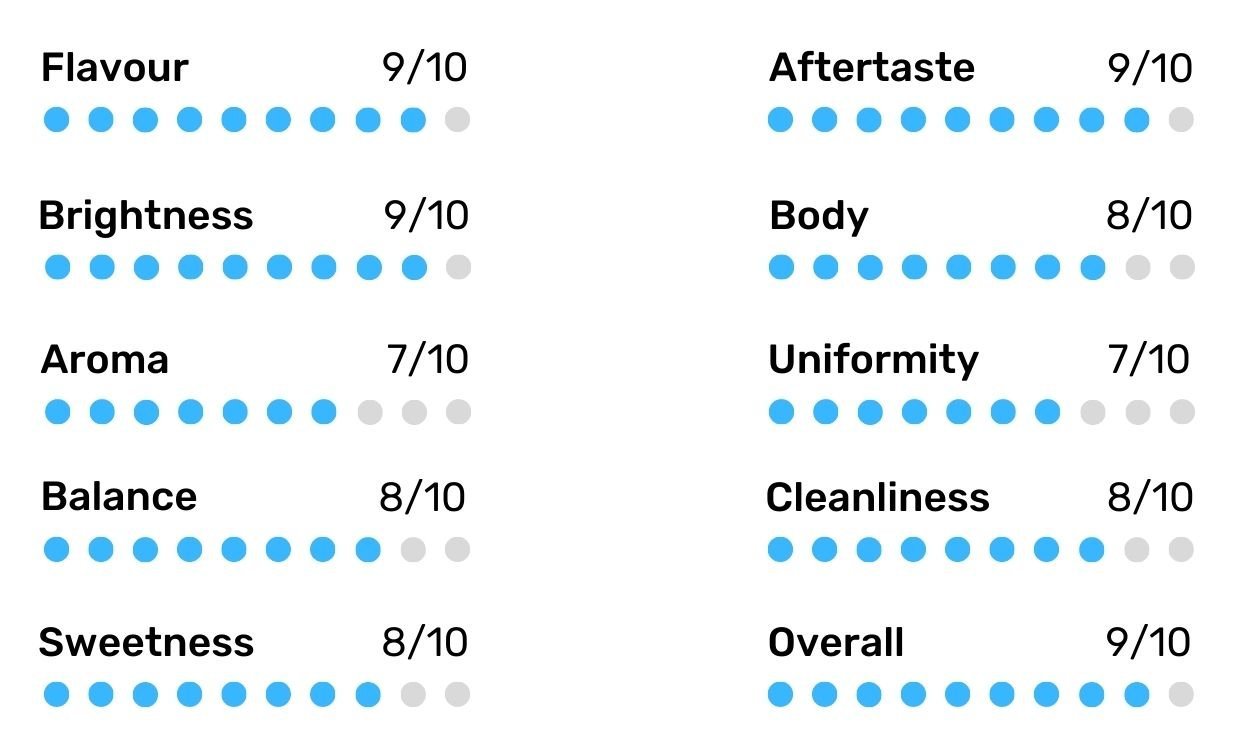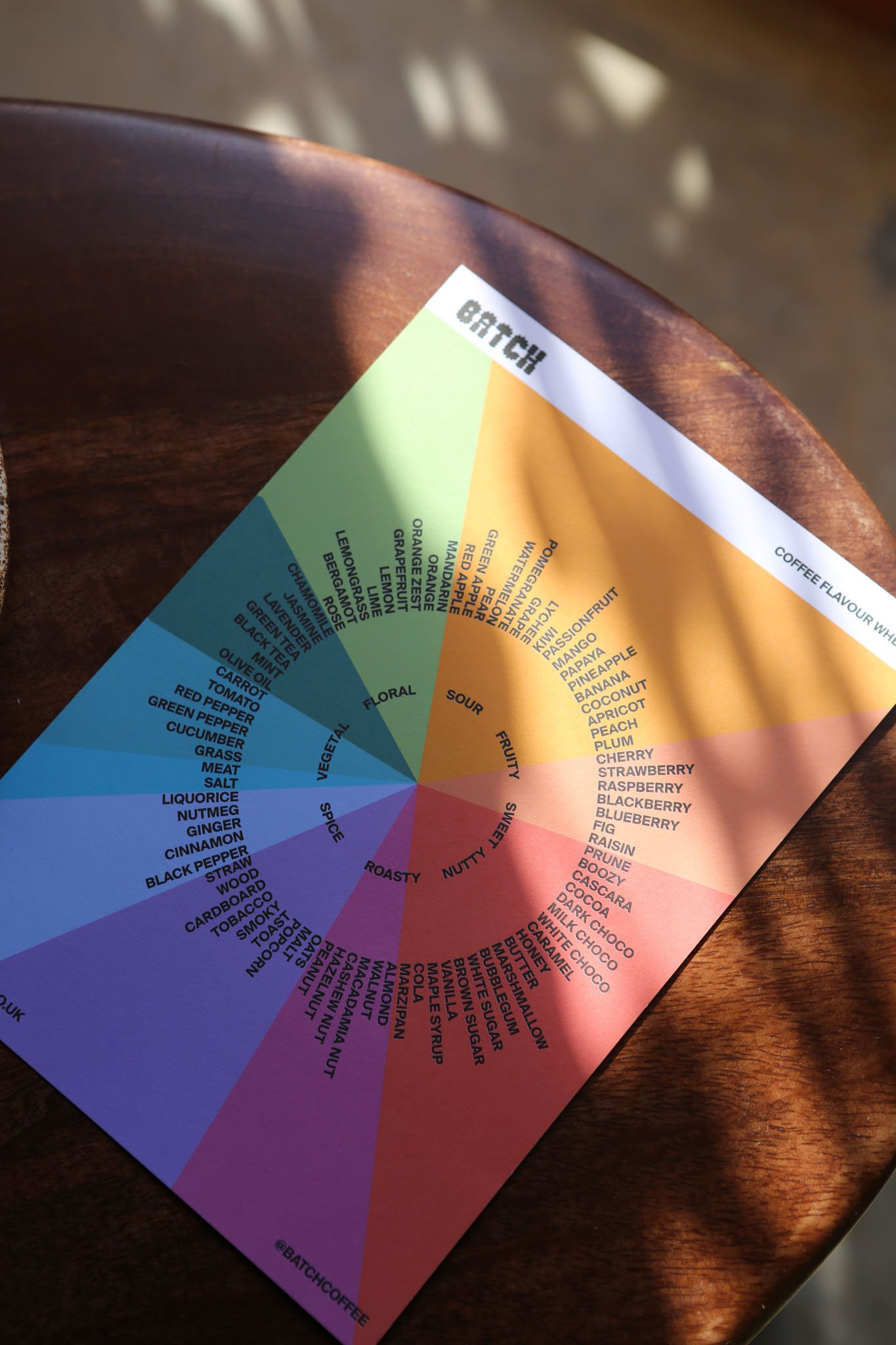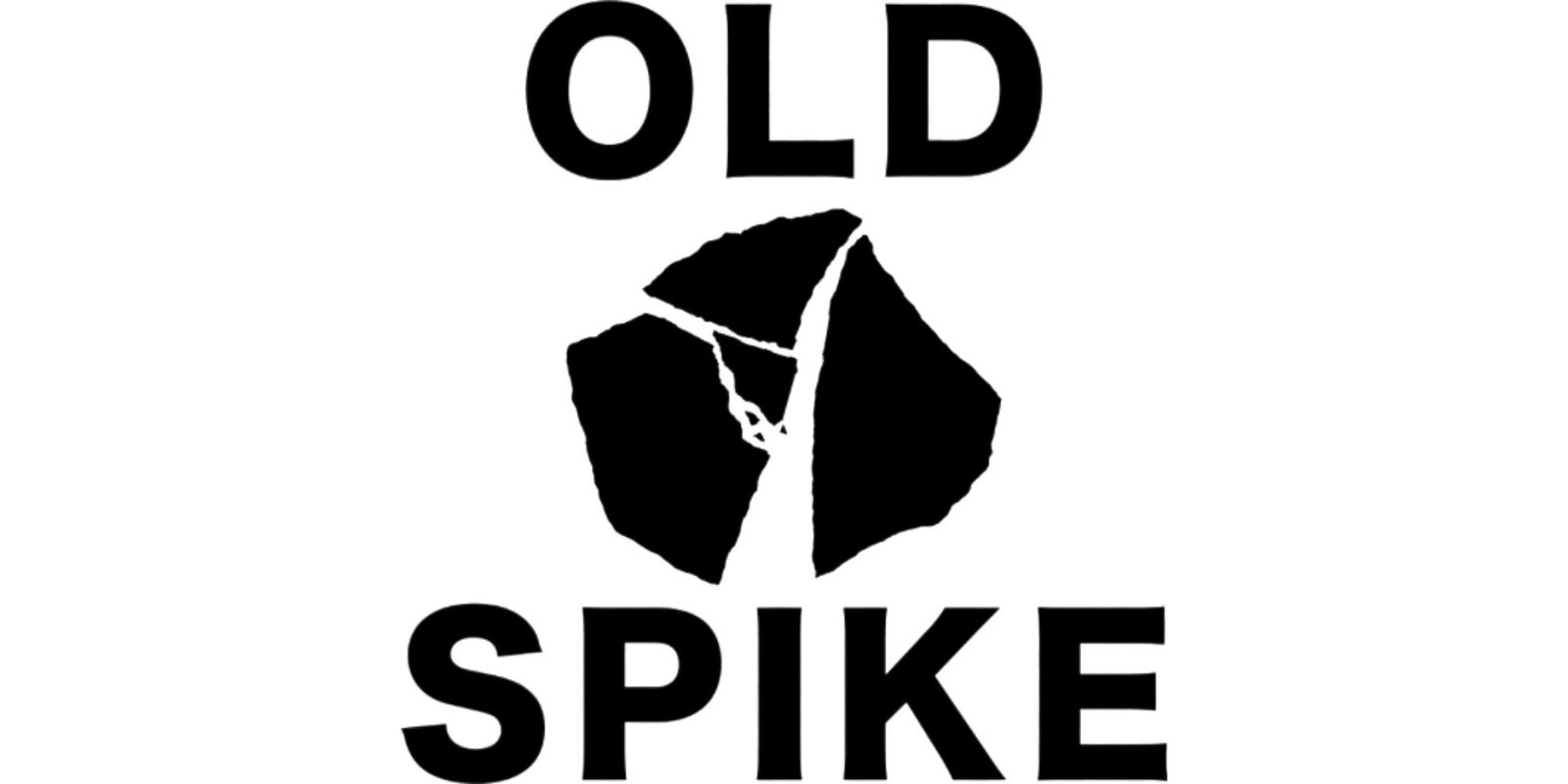
Old Spike Coffee Roasters
Old Spike, located in Peckham, London is the UK’s first Social Enterprise, Speciality Coffee Roaster. Their focus not only on quality but also on social and environmental issues really does set them apart from the rest.
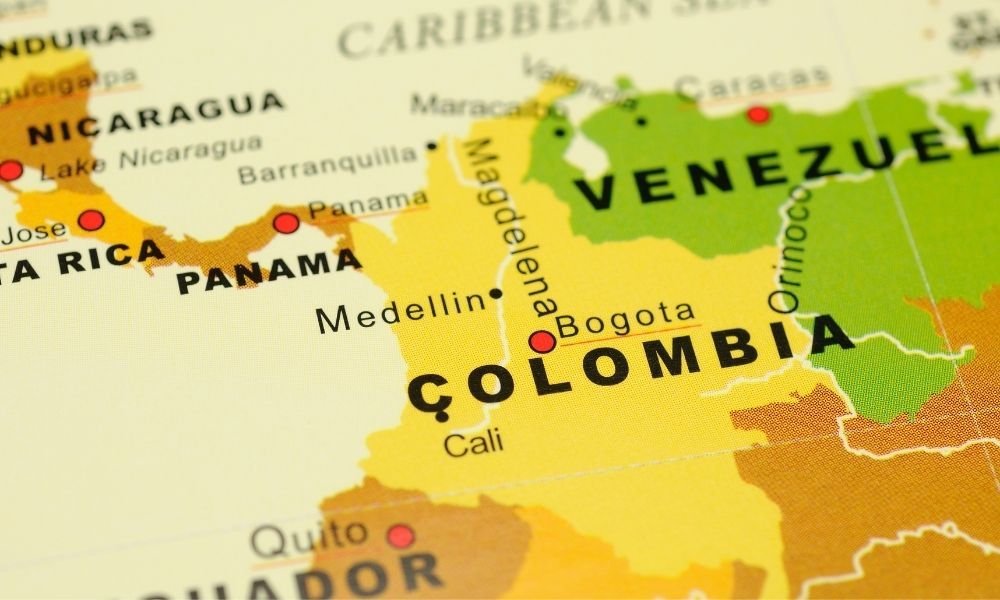
About Old Spike Coffee Roasters
Their focus not only on quality but also on social and environmental issues really does set them apart from the rest. 65% of their profits are used to support people affected by homelessness through a dedicated barista training academy in partnership with the Change Please Foundation. This is an 8-week program covering practical and theory-based learning, mental health support, work readiness and financial assistance with accommodation. All deliveries within a 5-mile radius are done on a bicycle or courier. They offer refill buckets to their wholesale customers to cut down on plastic waste. Their retail packaging is recyclable or compostable. Old Spike pride themselves on their coffee quality, social impact and environmental sustainability. These core values are at the heart of their business and how they operate.
GOT A MATE THAT WOULD LOVE BATCH COFFEE CLUB?
Add their details below and if they sign up to a subscription your next box is on the house.*
*No limit to friends you can recommend. When your friend subscribes we will credit your account with one free box.
Coffee Origin
Unlike its neighbour to the East, Colombia has many smallholder coffee farmers, with 60% of Colombian coffee farmers cultivating land of less than 1 hectare.
This obviously is exciting news to any speciality coffee roaster as there are many different micro-lots to discover.
With the boom in speciality coffee over the last decade, government or privately funded programs are incentivising Colombian coffee farmers to produce higher quality coffee rather than higher yielding commercial grade coffee.
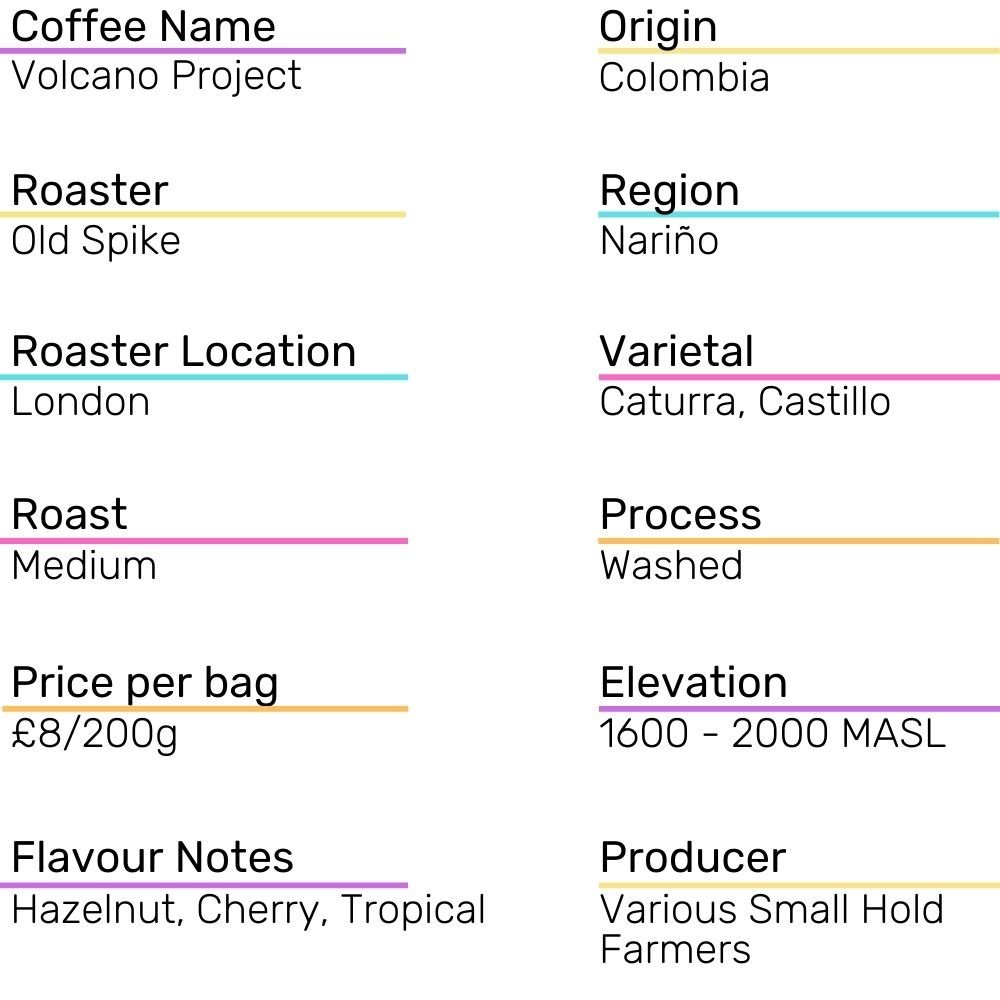

What To Expect
China currently is going through a coffee revolution. The amount of coffee that China drinks outweigh the amount that it grows. The figures are a testament to the sheer size of the country as the average person in China only consumes 4-5 cups of coffee per year, that’s compared to here in the UK where we drink around 350 cups per year and Finland (the biggest European coffee consumer) consume around 1500 cups per person per year. Although the consumption of coffee per capita is low they still rank as the 15th largest coffee consuming country and with a taste for speciality coffee emerging in some of their cities their consumption is predicted to rise over the next few years.
